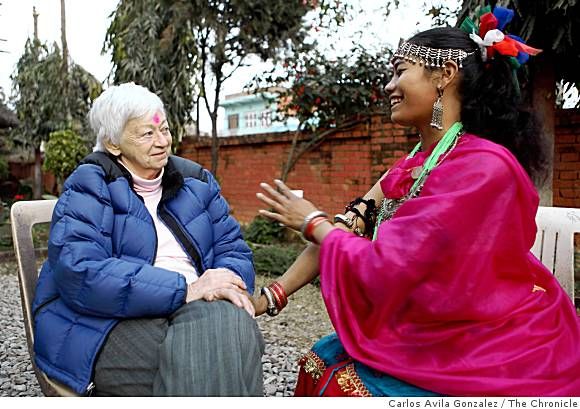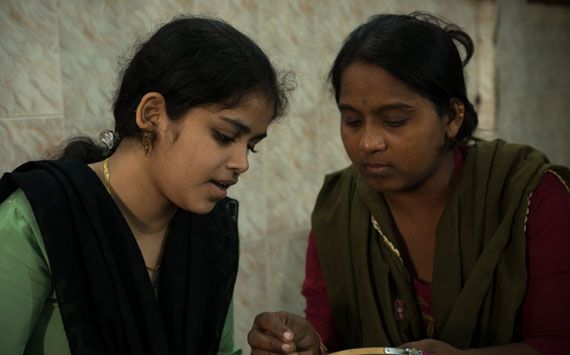Objective:
Students will integrate information from multiple news sources in order to (1) describe current realities that exist for women in three countries, (2) evaluate responses to persistent gender inequalities, and (3) propose the best course of action for addressing inequality in one country.
Essential Question:
What current realities exist for women nationally and globally? How can these gender roles be shattered and eradicated?
Warm-up:
Direct students to write a response to the following prompt: In today’s world, are men and women treated equally? Explain your answer with examples from your own observations, experiences, and/or reading. Instruct students to share their responses with a partner and then call on several individuals to share their responses aloud.
Introducing the Lesson:
Thank students for sharing their responses to the warm-up and tell them that during this lesson they will be further exploring the realities that exist for women today in different parts of the world. After experiencing how journalists and activists are responding to the realities, they will propose an effective way to address an instance of gender inequality.
Introducing Resource 1: "Olga’s Girls: Indentured Servitude in Nepal"
Watch Olga’s Girls: Indentured Servitude in Nepal and answer the following questions.
- Describe the foundation that Olga started and why it is needed.
- Why does Olga have some sympathy for families who participate in the Kamlari practice?
- What does Olga consider “progress”, and why?
Introducing Resource 2: "WBEZ: Ana Santos on Ending a Marriage in the Philippines"
Listen to WBEZ: Ana Santos on Ending a Marriage in the Philippines and answer the following questions.
- In the Philippines, what are the different options available for separating from your spouse?
- Why is getting an annulment difficult?
- Why did Ana’s lawyer recommend that she declare herself psychologically incapacitated?
- How might you characterize the judge that was in charge of Ana’s case? Explain your answer.
- Why does Ana characterize women as “vulnerable” in the Philippines?
- Describe how social media pressure can influence policies in the Philippines.
Introducing Resource 3: "Indian Women Stand Up to Husbands Who Demand Sex-Selective Abortions"
Read Indian Women Stand Up to Husbands Who Demand Sex-Selective Abortions and answer the following questions.
- Explain why India is characterized as having a sexist system.
- Describe how Indian women are beginning to stand up to the sexist system.
- Why is Selvi willing to forgive her husband?
Conclusion:
Each of the news sources in this lesson describes a negative reality for women in the world, but none of the reports are without hope. Return to each news source to identify how people are taking action to address the inequalities that exist.
As a whole class, discuss the actions that are being taken and make inferences about their effectiveness.
After the discussion, work with a partner to propose the best course of action for helping women in Nepal, the Philippines, or India.
Consider: How effectively is gender inequality currently being addressed in the country? What else can be done to encourage positive change? How can both men and women be motivated to take action that will produce positive results?
Present your proposal to another pair of students and provide each other with feedback and ideas for improvement.
CCSS.ELA-LITERACY.RI.11-12.7
Integrate and evaluate multiple sources of information presented in different media or formats (e.g., visually, quantitatively) as well as in words in order to address a question or solve a problem.







